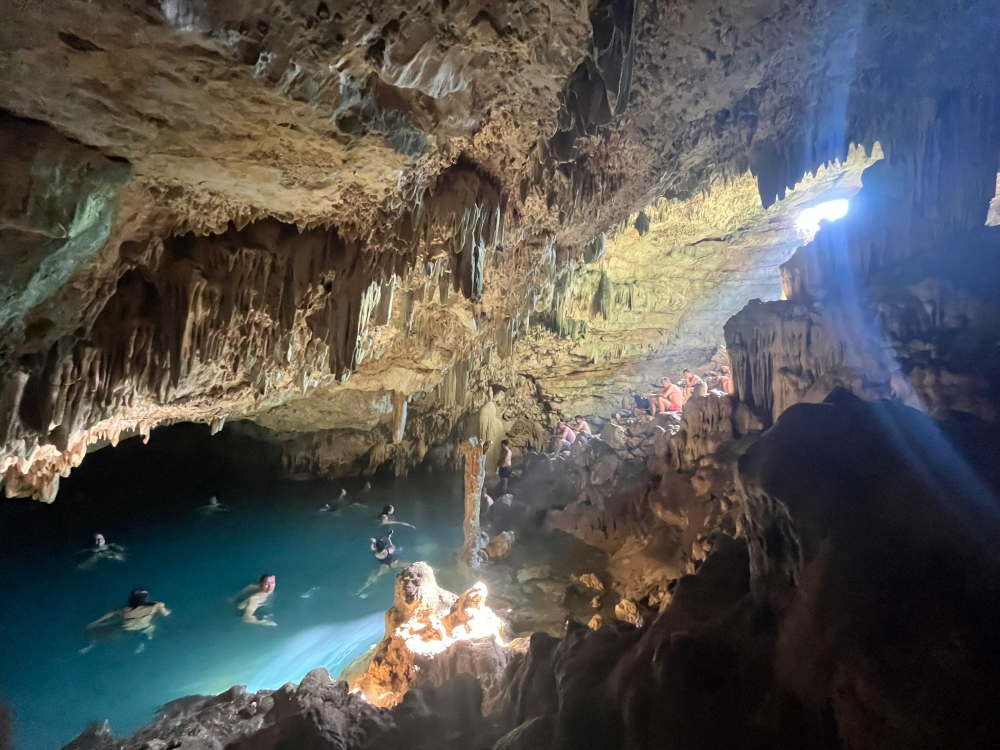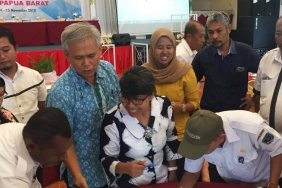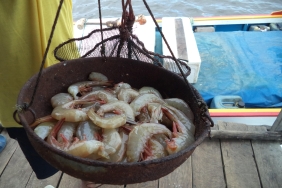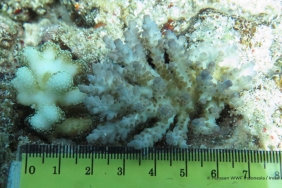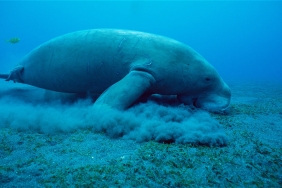DUSUN RANGKO: KEEPING THE CHARM, KEEPING THE HOPE
In a small corner of Labuan Bajo, East Nusa Tenggara, Indonesia, lies a hamlet that holds extraordinary natural charm from the land to the depths of the ocean. Rangko Hamlet, its name. A small area with one alluring icon: Rangko Cave. Since its discovery, the cave has mesmerized anyone who comes along, with its glass-clear saltwater pools and stalactites that hang like the carved hands of the universe.
However, this beauty could not have been preserved without the care and love of those who call this land home. From that spirit, in 2018, at the suggestion of the local Tourism Office, a group called Pokdarwis Rangko was born. This group was formed with the main objective of ensuring the sustainability of tourism in the Rangko area, especially in the management of Rangko Cave, so that it remains sustainable.
The results are starting to show in the increasing number of tourist visits to Rangko Cave. This small hamlet attracts nearly 1,000 tourists each year, with around 90% of them coming from abroad. The high interest in this visit is certainly inseparable from the uniqueness and natural charm offered. For travelers who want to have the best experience in Rangko, the most ideal time to visit is between March and August when the weather tends to be stable and sea conditions are more favorable.
Over time, Pokdarwis Rangko has grown and expanded the scope of destinations they care for. Now, Rangko Hamlet is no longer just known for its caves. Together with the WWF Indonesia Foundation, the community has opened access to other equally stunning beauties such as the Batu Dua snorkeling area with its underwater world rich in color and life, Pasir Timbul Beach that seems to float in the middle of the blue ocean, Intan Cave that holds hidden wonders in the silence of the rock, Toroh Mirah Beach with the alluring color of the cape, and Nanga Lumu Mangrove Forest as a home for coastal ecosystems.
Amongst all these treasures, a new activity has emerged that has now become Rangko's tourism strength: kayaking through the mangrove forest. This activity offers a serene, fun, and educational experience. Travelers can see firsthand the uniqueness of the mangrove ecosystem while understanding the importance of preserving the coastal environment.
In developing this potential, Pokdarwis Rangko accepted Kayak Asia Indonesia's invitation to collaborate. The partnership aims to create a more professional, safe, and sustainable kayaking experience. The hope is that tourists who come will not only take pictures and leave, but they can also experience, understand, and love Rangko's nature as a whole.
Not stopping there, Pokdarwis Rangko is developing an important initiative, namely, cooperation with the village government to formulate a Village Regulation (Perdes) that regulates tourism governance. "With the Perdes, we will invite friends who are engaged in tourism to always look after tourists who come to visit Rangko Cave. Guarding in the sense of explaining anything related to the destination being visited. Perdes also regulates the procedures for picking up guests who use boats and is also related to the guarding of our sea, especially in the Tanjung Boleng Village area," said Hanafi, Chairman of the Rangko Pokdarwis.
More than just a tourist destination, Rangko Hamlet is now part of Tanjung Boleng Village, which is treading an important path towards recognition as an OECM (Other Effective Area-Based Conservation Measures). This recognition rewards effective management of areas outside of formal conservation area schemes. This effort is driven by close collaboration between the local government, village government,t and community groups in Tanjung Boleng Village, and WWF Indonesia Foundation.
However, this process is certainly not easy. Education is a challenge in itself, especially in socializing the concept of conservation areas to the community. "We have conducted socialization with WWF-Indonesia in Tanjung Boleng Village, but not all people understand. There are still those who think that the sea is private property, even though there is a legal mechanism regarding sea ownership. This is a challenge, because some residents feel that their space as fishermen is limited," explained Robertus Eddy Surya, Branch Head of the Provincial Marine and Fisheries Agency for East Manggarai, Manggarai and West Manggarai.
He also emphasized the importance of synergy between conservation policies and regulations at the provincial level. If an area has conservation potential, then the approach taken must be able to convince the community that the area can still be utilized sustainably as long as it is well organized and managed.
For the people of Rangko Hamlet, OECM is not just a conservation label, but a hope. The hope is that every corner of Rangko Hamlet remains sustainable and that each of its residents can still coexist with the nature they care for wholeheartedly. Pokdarwis Rangko is here to safeguard dreams, protect heritage, and prove that tourism and conservation can go hand in hand. In Rangko Hamlet, the future is being built with one paddle, one step, and one smile in every friendly greeting to those who come to explore.

